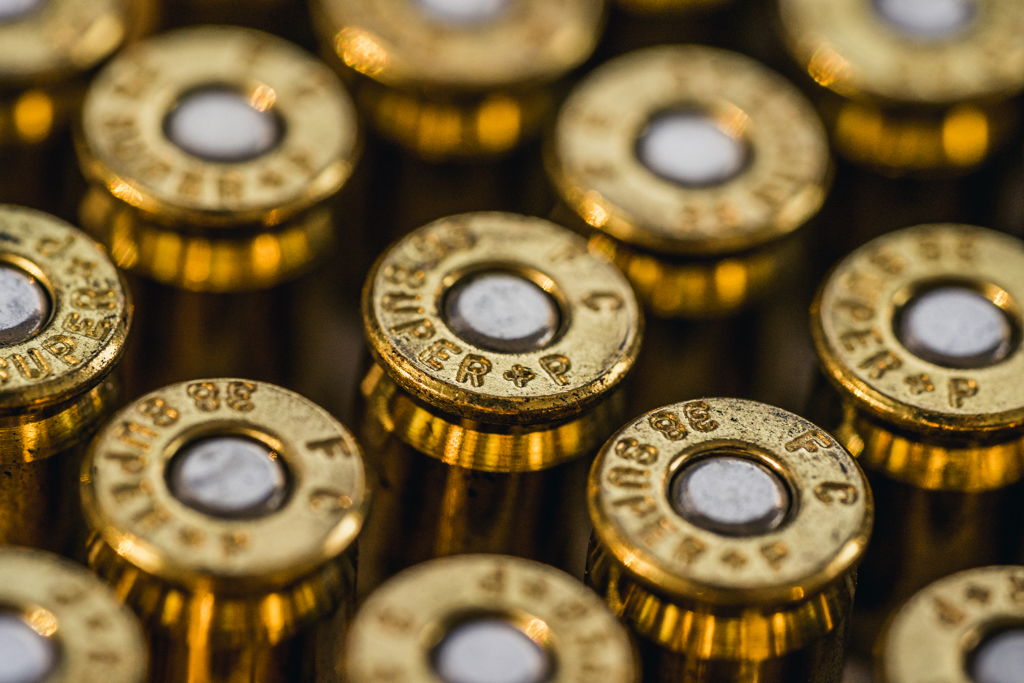
By Guy J. Sagi
Ammunition rated +P generates a chamber pressure higher than the cartridge’s published standard, but the level is less than those produced when proof rounds initially torture test a firearm. Increased bullet velocity is the result—an advantage for some self-defense handguns—but not all guns can safely run the hotter loads. In those cases, the added stress can prematurely wear parts, void some warranties or, worse yet, lead to catastrophic failure and personal injury.
Owners of firearms rated for its use, however, can run the ammunition with confidence. Improved performance on target is the biggest advantage. Flatter trajectory is another, although +P is primarily handgun ammo, where reduced holdover at 100 yards isn’t a huge concern. That benefit, however, may be of interest to anyone with a pistol-cartridge carbine.
Increased recoil is the primary drawback, even in guns rated for its use. Getting back on target to assess, fast, is a potentially lifesaving self-defense skill knowledgeable instructors emphasize. If that muzzle rise is unmanageable, or if the added energy makes practice painful, +P probably may not be a good choice.
Today the Sporting Arms and Ammunition Manufacturers Institute (SAAMI) publishes pressure and safety specifications for commercially available cartridges labeled +P. Firearm safety is the organization’s primary mission and, coupled with the industry’s strict compliance to those guidelines, it’s a good option for enthusiasts.
+P History—Half Full or Empty?
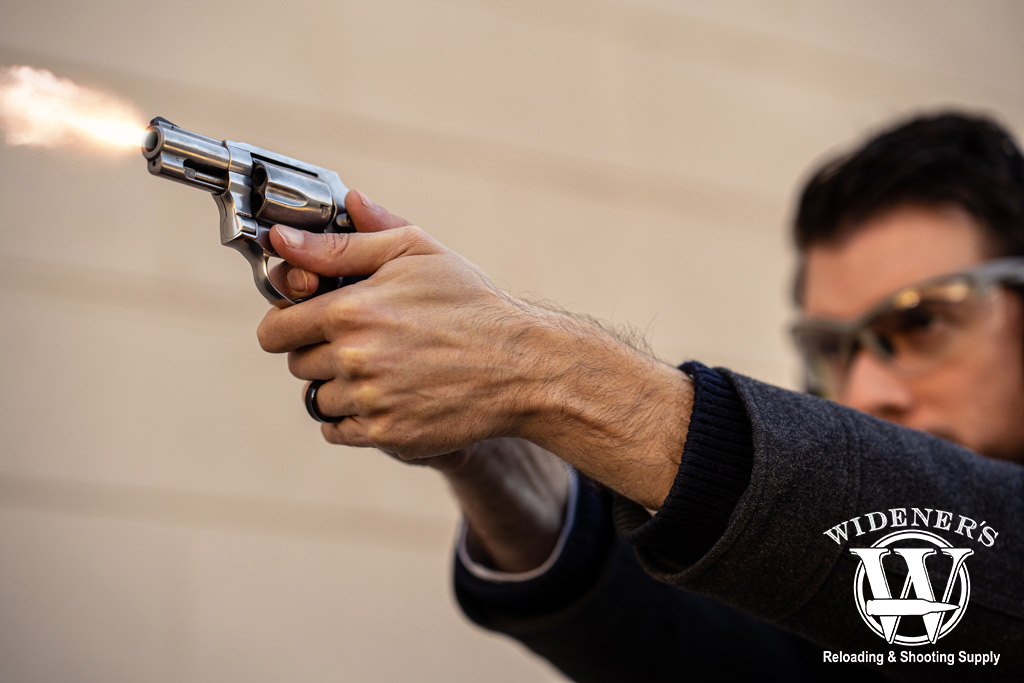
Plus P ammo offers a higher pressure cartridge for greater velocity and performance in self-defense situations.
Efforts to attain higher pressure behind a projectile undoubtedly began immediately after the first gun was born. Many early experimenters added just enough black powder to exit the gene pool early, although the “ballisticians” who lived to tell their tale improved performance incrementally through the years.
The biggest change came during the 1800s with advances in manufacturing and metallurgy. The metallic cartridge arrived in 1845, signaling the beginning of the end for painfully slow powder pours, followed by wad and bullet insertion for each shot.
Blackpowder was the only reliable propellant available at the time. It’s bulky, burns slow and the energy it produces is relatively low for its volume. As a result, wringing the last bit of potential meant filling early metallic cartridge cases at or near capacity.
Smokeless powder came later and changed the game. It’s more powerful stuff and doesn’t leave nearly as much barrel fouling. It caught on fast, but the cases—and dimensions standardized by manufacturers—were already familiar favorites with military and civilian populations.
Filling one of them designed for black powder with the same volume of smokeless powder generated dangerous pressures. The simple solution was to use less propellent, which allowed the continued use of older and more familiar firearms still in production.
That empty space was begging for propellant, though. Early commercial attempts at the approach, somewhat akin to +P, appeared in 32-20 WCF and .44-40 Win. cartridges. The improved loads ran well in most rifles made at the time. In less-stout revolvers, however, the pressure generated was dangerous. The hotter loads went out of production largely because of the potential for confusion.
Early +P Success .38 Super
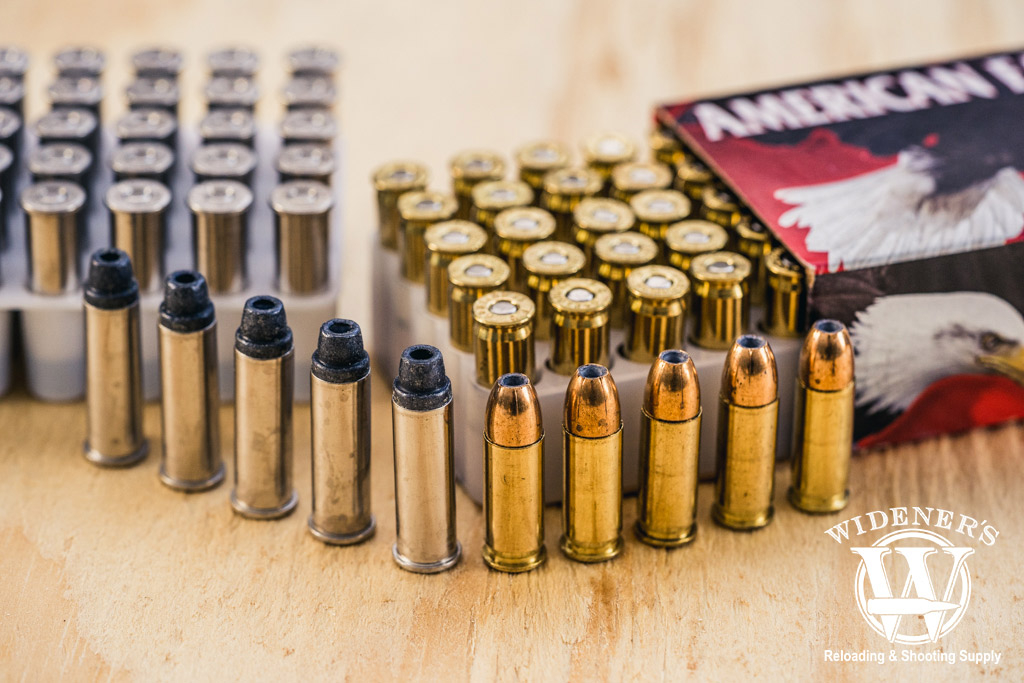
The .38 Special cartridge (Left) is offered in custom +P factory loads, the .38 Super cartridge (Right) is a standard +P load.
The first successful +P cartridge to enjoy commercial success was the .38 Super, despite the fact it never earned the algebraic-seeming designation. It is based on the .38 ACP cartridge introduced by John Moses Browning—originally for his Colt M1900 semi-auto pistol—and despite identical physical dimensions, it generates significantly higher chamber pressure.
It’s a popular chambering for competitors in the action shooting sports to this day, particularly in International Practical Shooting Confederation matches. Unlike its predecessors, however, the ability to chamber it in handguns not capable of safely running the loads didn’t prove fatal.
The .38 Super hit the scene sometime in the late 1920s. Its survival for nearly 100 years, along with better-educated enthusiasts, cleared the way for today’s generation of +P loads.
Modern Plus P Ammo
Today, several popular self-defense cartridges are available in +P loads—.38 Special, 9mm and .45 ACP. On average, pressures generated with these hotter cartridges increase roughly by 10 percent. Velocity improves, but bear in mind the amount varies with bullet weight, barrel length, and other factors. A standard 9mm 124gr bullet has velocities of around 1150 FPS, while a 9mm 124gr +P bullet is around 1200 FPS.
Some companies produce loads for cartridges in which SAAMI does not provide standardized pressure specifications. There are even some rated at +P+. Many of these are appropriate for use in only specific firearms, usually revolvers built on the heaviest of frames. Read the label carefully in those cases and consult the manufacturer’s website.
Identifying +P Ammo
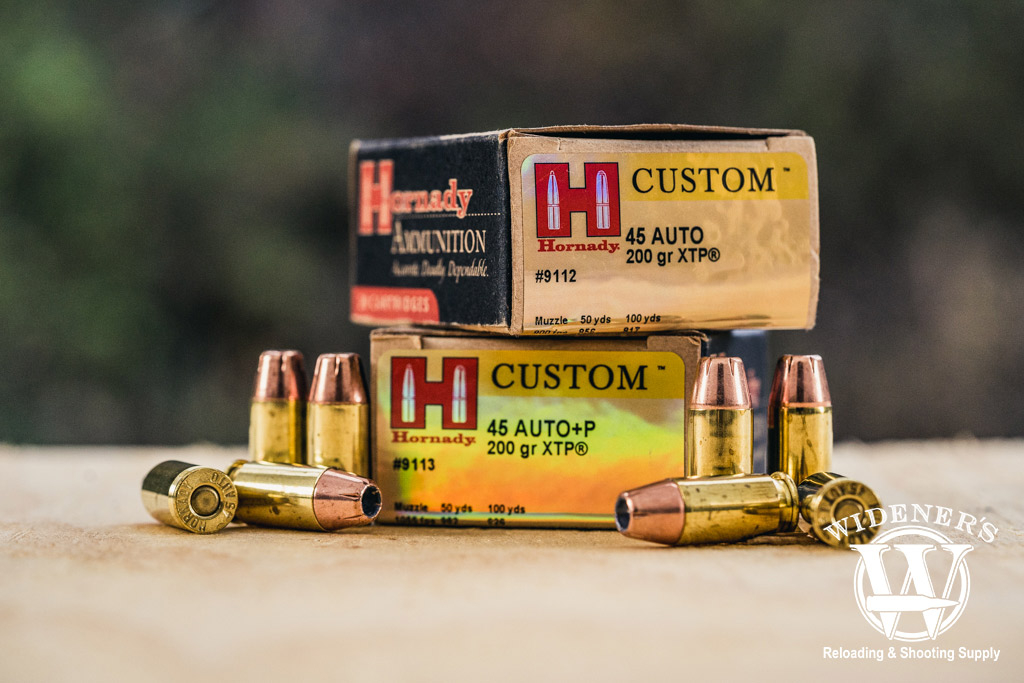
Modern ammo cartridges can look very similar. Be sure to check the stamp on the bottom of the casing to identify ammo marked as +P.
Assuming the bullets are the same, +P ammunition appears identical to a “normal” cartridge on the outside and will load into any similarly chambered firearm. Optically the only difference is usually a “+P” in the headstamp.
Although the proof rounds run through firearms apply much more pressure, the difference between a regular load and +P is still significant. For 9mm you can expect a 10-percent increase in the energy with each shot. The .38 Super provides the biggest differential—38 percent. For that reason, owners should carefully keep their supply separated and remain diligent if sharing with others at the range
Is Plus P Ammo A Good Choice?
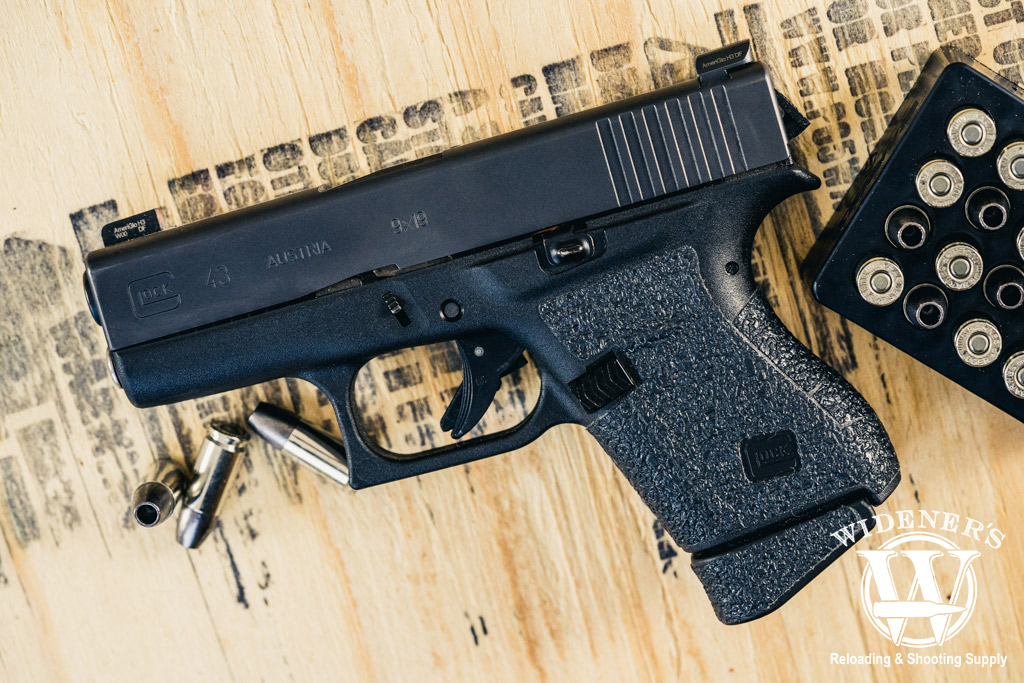
Unsure if you can safely fire +P ammo in your gun? Consult your local gunsmith or check the provided manufacturer’s firearm manual.
Aside from action shooting sports, +P loads are a popular alternative for law enforcement use, where they often need to make longer shots, sometimes through intermediate barriers. That’s where the flatter trajectory and improved velocity shines.
For civilian self-defense purposes, the distance in which a criminal attacker can be lawfully engaged is usually much closer. Despite that fact, there are still a lot of good reasons to choose +P loads. Foremost is the reality that one-shot stops are Hollywood fiction—unless you get very lucky. Cartridges rated +P hit with more authority than standard loads. That extra energy can be a lifesaver when and alcohol- or drug-fueled felon goes on the offensive.
Bear in mind, however, you must practice with any ammunition you choose. Not only must it run flawlessly in your gun, loads rated +P produce more recoil and controlling it is critical to get back on target quickly.

